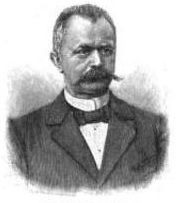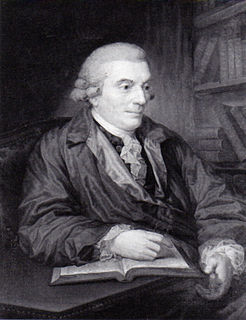 W
WMarcus Elieser Bloch (1723–1799) was a German medical doctor and naturalist. Although he had limited education, he became a teacher in Hamburg, learned German and Latin and studied anatomy. He later settled in Berlin where he became a physician. Always interested in natural history, he amassed a private collection of natural objects. He is generally considered one of the most important ichthyologists of the 18th century, and wrote many papers on natural history, comparative anatomy, and physiology.
 W
WAugust Bernhard Brauer was a German zoologist.
 W
WReinhold Wilhelm Buchholz was a German zoologist who made contributions in the fields of herpetology, carcinology and ichthyology.
 W
WCarl Henry Eigenmann was a German-American ichthyologist of the late nineteenth and early twentieth centuries, who, along with his wife Rosa Smith Eigenmann, and his zoology students is credited with identifying and describing for the first time 195 genera containing nearly 600 species of fishes of North America and South America. Especially notable among his published papers are his studies of the freshwater fishes of South America, the evolution and systematics of South American fishes, and for his analysis of degenerative evolution based on his studies of blind cave fishes found in parts of North America and in Cuba. His most notable works are The American Characidae (1917–1929) and A revision of the South American Nematognathi or cat-fishes (1890), in addition to numerous published papers such as "Cave Vertebrates of North America, a study of degenerative evolution" (1909) and "The fresh-water fishes of Patagonia and an examination of the Archiplata-Archelenis theory" (1909).
 W
WAlbert Karl Ludwig Gotthilf Günther FRS, also Albert Charles Lewis Gotthilf Günther, was a German-born British zoologist, ichthyologist, and herpetologist. Günther is ranked the second-most productive reptile taxonomist with more than 340 reptile species described.
 W
WJohann Jakob von Kaup was a German naturalist. A proponent of natural philosophy, he believed in an innate mathematical order in nature and he attempted biological classifications based on the Quinarian system. Kaup is also known for having coined popular prehistoric taxa like Pterosauria and Machairodus.
 W
WErna W. Mohr was a German zoologist who made contributions to ichthyology and mammalogy. Mohr was long associated with the Zoological Museum Hamburg, where she was successively head of the Fish Biology Department, Department of Higher Vertebrates, and Curator of the Vertebrate Department. She was a member of the Academy of Sciences Leopoldina and held an honorary doctorate from the University of Munich.
 W
WJohann Gottlob Theaenus Schneider was a German classicist and naturalist.
 W
WJohann Julius Walbaum was a German physician, naturalist and fauna taxonomist.